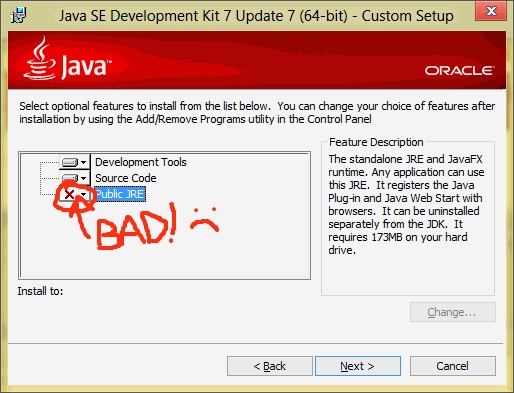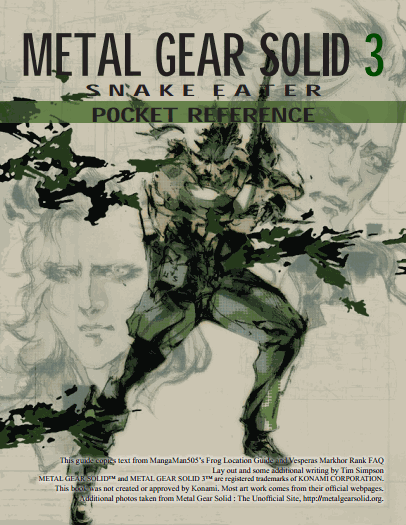I decided to learn Clojure recently, which unfortunately means installing Java on Windows.
In case you don't know, when people blame Microsoft for creating insecure operating systems, they're half-right. Really, Windows and its ilk are incredibly secure. The issue is all the common junk people download for it; things like Winamp, various chat clients, and Java. I have personally lost a Windows Vista install which was otherwise up to date due to an exploit in Java which infected my computer via an ad pop-up in YTMND. Here's an article where security experts berate Java for being increasingly unsafe.
So, what's my secret now? First off, I do all my web browsing inside a Virtual Box VM running Ubuntu. LOL! Imagine what a funny joke that would be if it weren't true!
Second off, when I install the JDK I make sure to disable installing Java applets. It seems like Oracle is increasingly aggressive about installing the ability to run Java applets on a machine whenever you download the JDK. Except for online poker sites and virus writers, no one has seriously used a Java applet since the late nineties so make sure you treat it like cancer and don't let it into your system!
These days the installer installs the applet viewer with the “public JRE.” When installing the JDK, make sure you deny this option:

Don't worry, there's a private JRE too that gets installed too which is all you need as a developer.
Java's crappy track record with security, along with Oracle's ever-increasing dickishness, has dampened my desire to do anything with Java over the past year even though its such a nice framework. One of the reasons I'm learning Clojure is because there is a seemingly finished port to .NET and Javascript compiler, meaning I could eventually use it on a more stable, less-litigated platform, although for now I plan on going with the most used platform for Clojure since that's what any book will teach.

